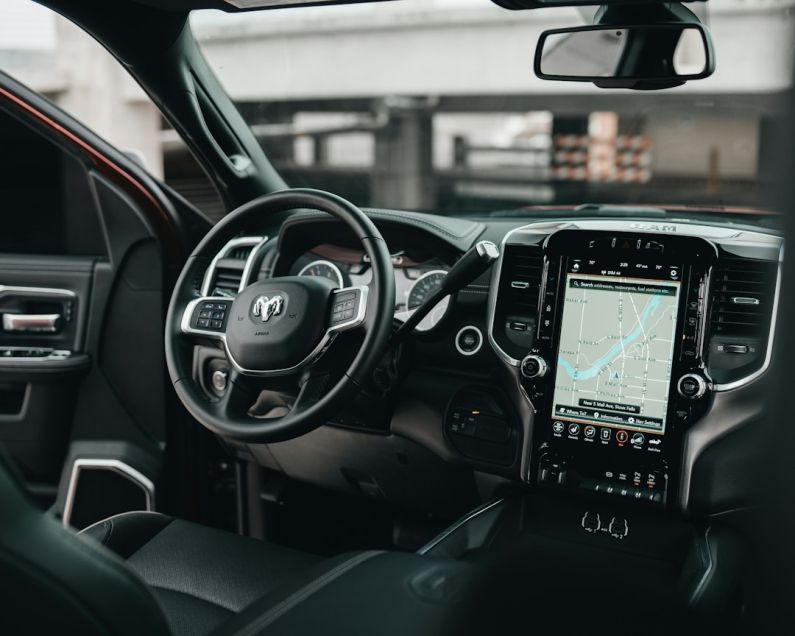Autonomous Vehicles: Steering Towards the Future
Imagine a world where cars drive themselves, navigating through traffic without human intervention. This futuristic concept is no longer just a product of science fiction but a rapidly evolving reality. Autonomous vehicles, also known as self-driving cars, have the potential to revolutionize the way we travel, offering a glimpse into a future where road safety, efficiency, and convenience are paramount. As technology continues to advance at an unprecedented pace, the era of autonomous vehicles is swiftly approaching, promising to transform the transportation industry and our daily lives in ways we never thought possible.
The Rise of Autonomous Vehicles
In recent years, significant strides have been made in the development and testing of autonomous vehicles by major automotive companies and tech giants alike. Companies such as Tesla, Google, Uber, and General Motors have been at the forefront of this technological revolution, investing heavily in research and development to bring autonomous vehicles to the mass market. These vehicles are equipped with advanced sensors, cameras, and artificial intelligence systems that allow them to perceive their surroundings, interpret data in real-time, and make split-second decisions to navigate the roads safely.
Safety and Efficiency Benefits
One of the primary advantages of autonomous vehicles is their potential to significantly reduce road accidents caused by human error. Studies have shown that the majority of accidents on the road are due to factors such as distracted driving, speeding, and drunk driving. By eliminating human error from the equation, autonomous vehicles have the potential to make our roads much safer for everyone. Additionally, self-driving cars can optimize traffic flow, reduce congestion, and minimize fuel consumption by driving more efficiently than human drivers.
The Future of Transportation
As autonomous vehicle technology continues to mature, the possibilities for its integration into various aspects of our lives are endless. From ride-sharing services and public transportation to long-haul trucking and delivery services, autonomous vehicles have the potential to revolutionize the way we move people and goods from one place to another. Imagine a world where you can summon a self-driving car with a tap on your smartphone, sit back, relax, and enjoy a stress-free commute to your destination. The future of transportation is autonomous, and it is closer than we think.
Challenges and Concerns
Despite the promising potential of autonomous vehicles, there are still significant challenges and concerns that need to be addressed before they can become mainstream. Issues such as cybersecurity vulnerabilities, ethical dilemmas surrounding decision-making algorithms, regulatory hurdles, and public acceptance all pose obstacles to the widespread adoption of self-driving cars. Additionally, the transition to a fully autonomous transportation system will require significant infrastructure changes, new policies, and regulations to ensure the safety and efficiency of autonomous vehicles on the road.
The Road Ahead
As we continue to navigate towards a future dominated by autonomous vehicles, it is essential to consider the implications and opportunities that this transformative technology presents. From improving road safety and reducing traffic congestion to enhancing mobility for individuals with disabilities and the elderly, autonomous vehicles have the potential to revolutionize the way we live, work, and travel. While there are still challenges to overcome, the future of transportation is undeniably autonomous, and it is up to us to embrace this new era of mobility and steer towards a future where self-driving cars are the norm rather than the exception.






